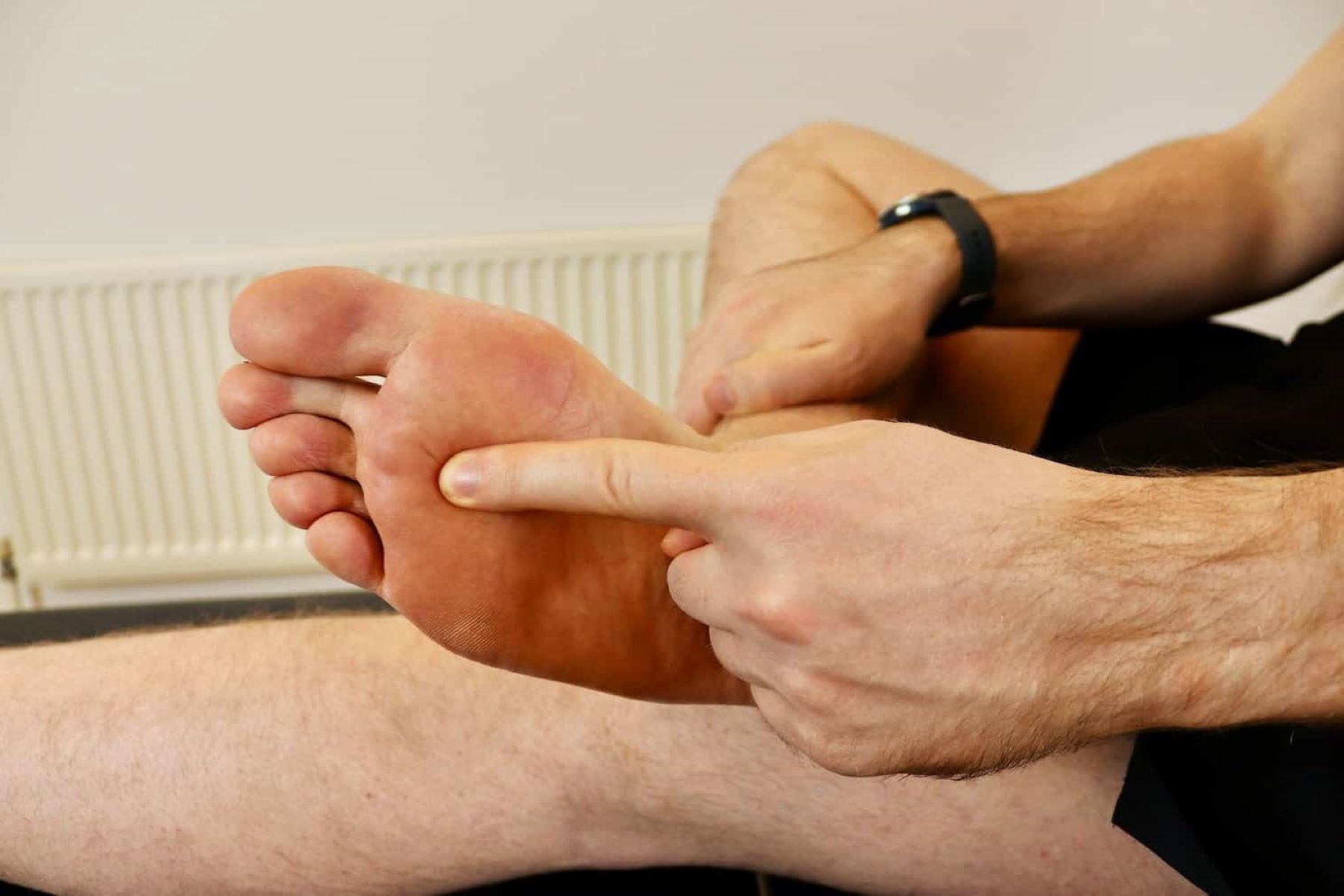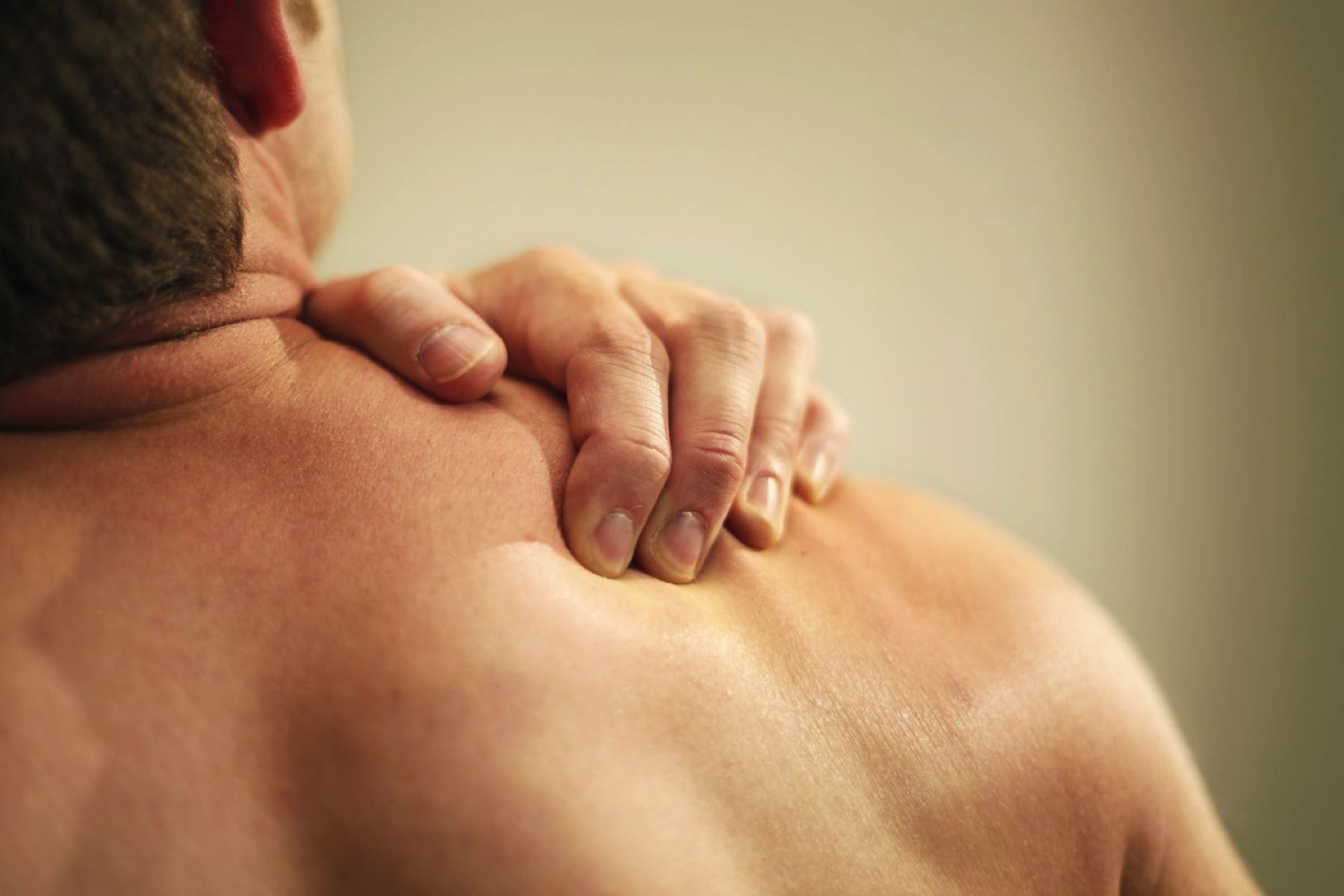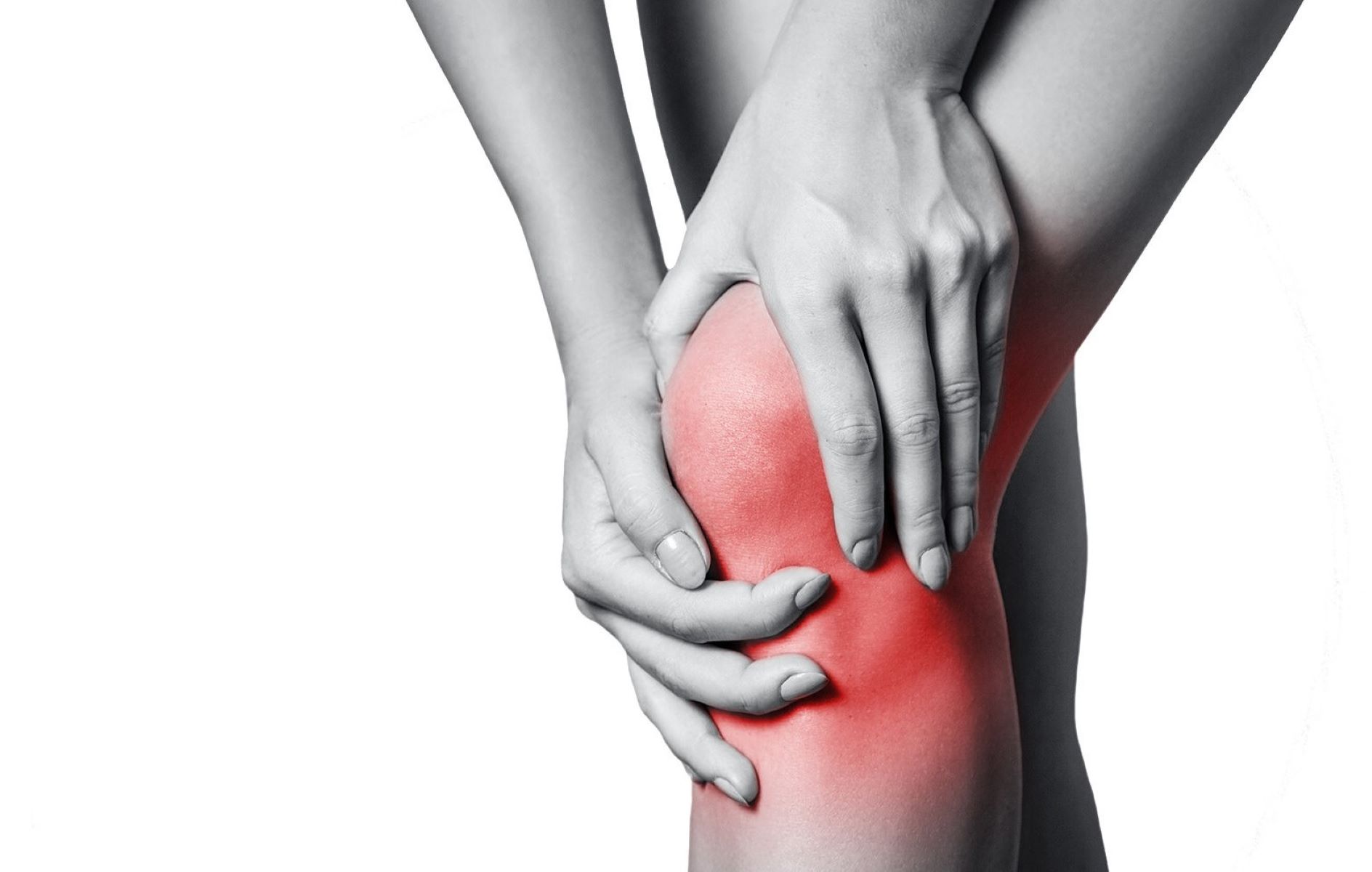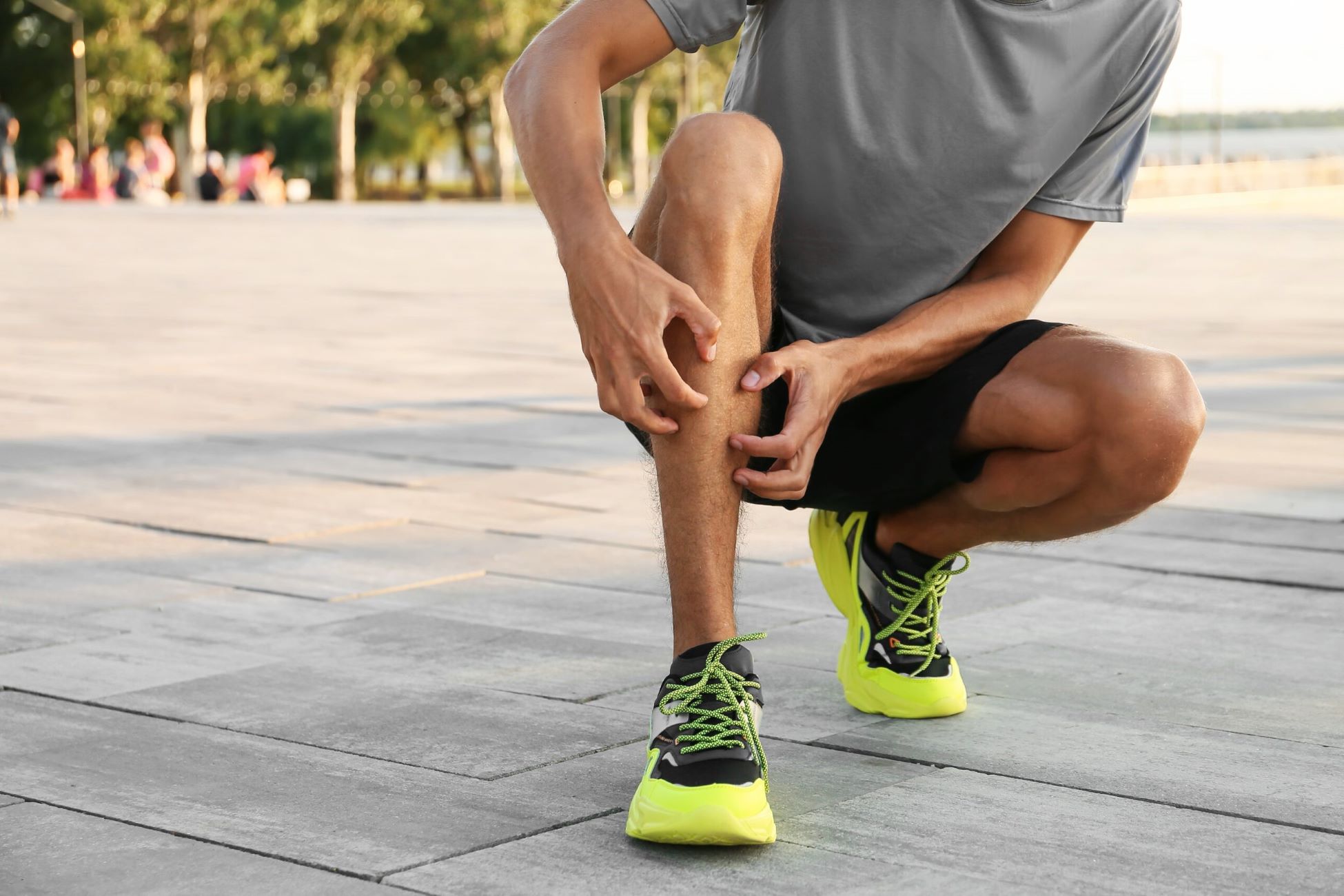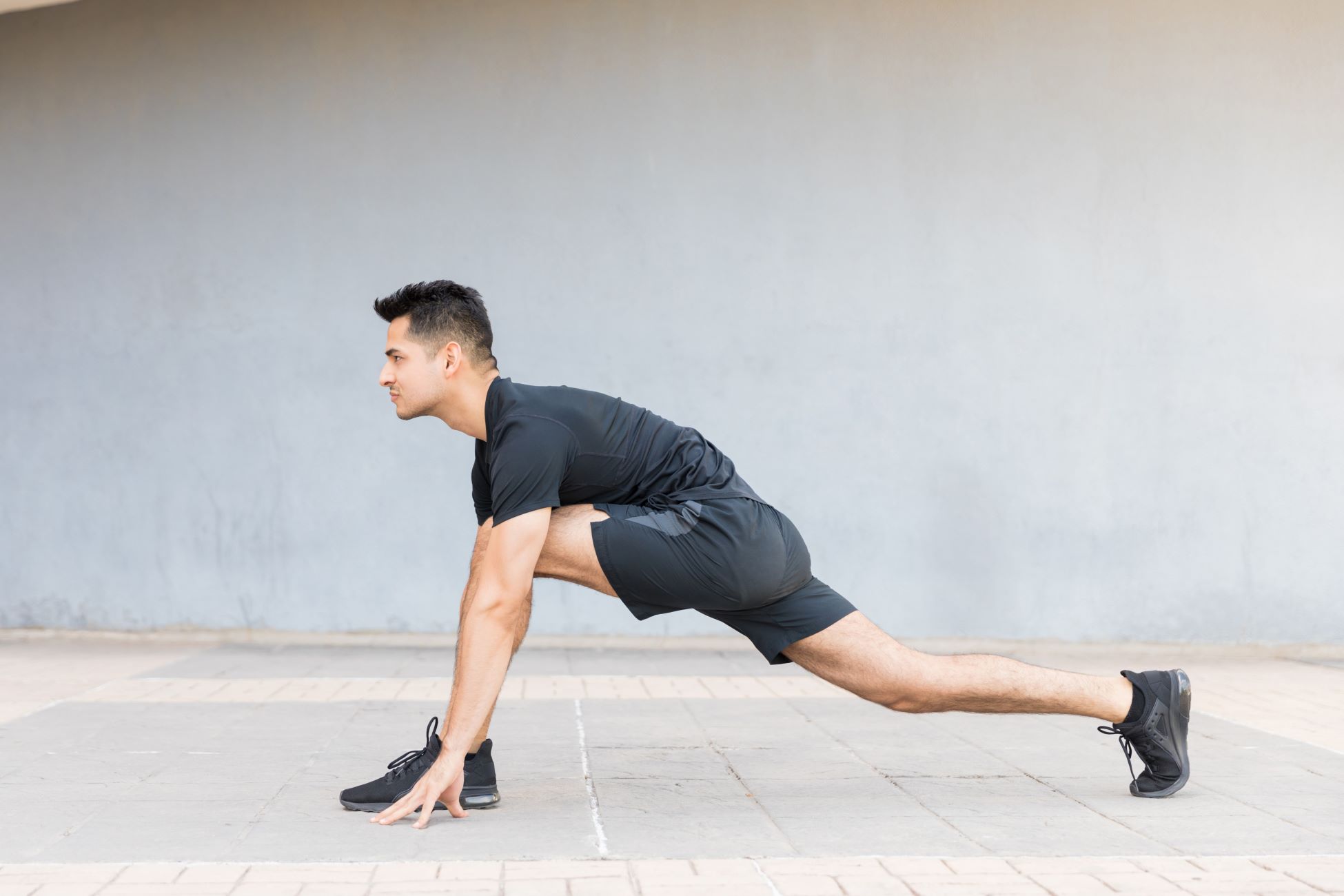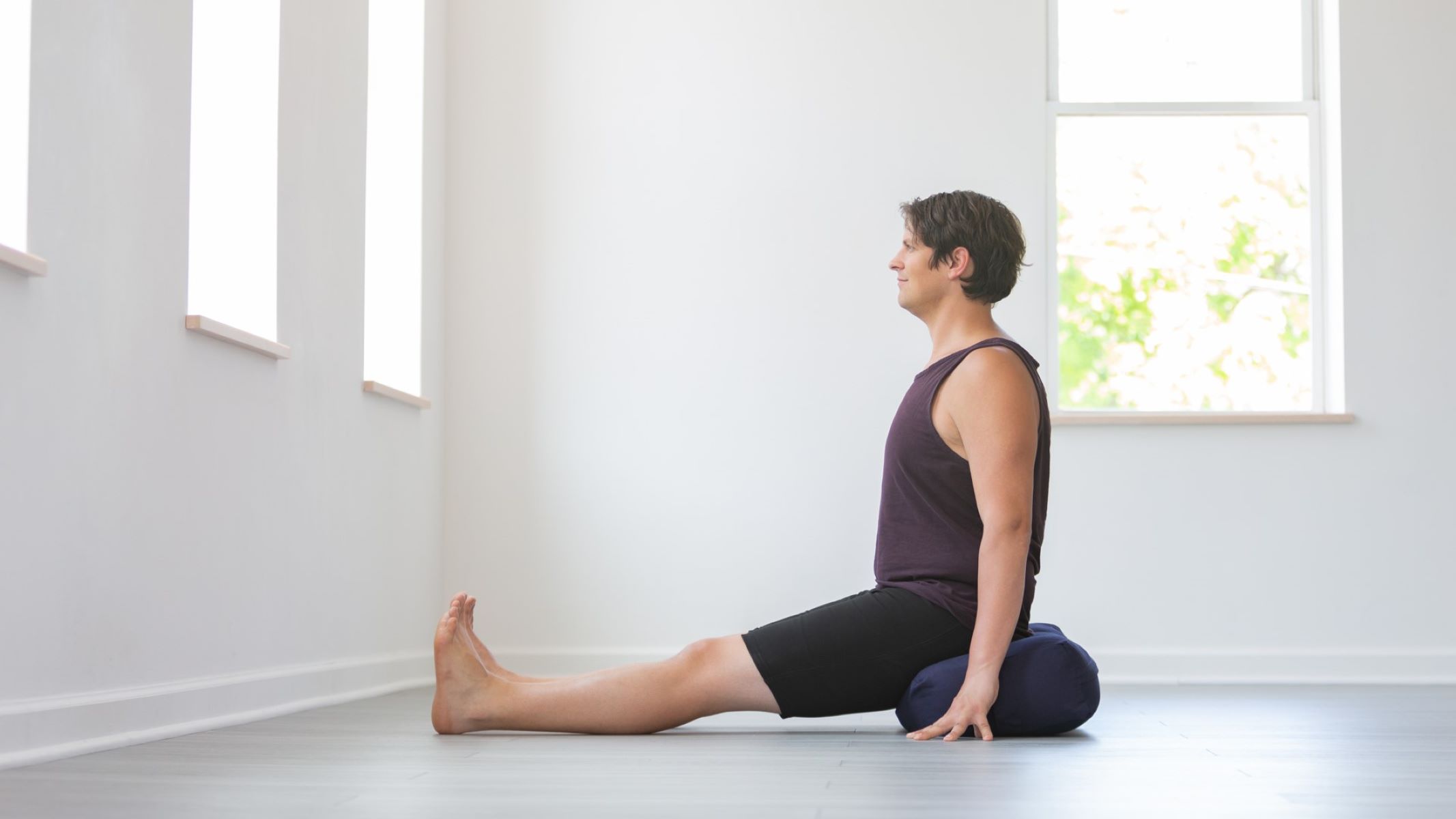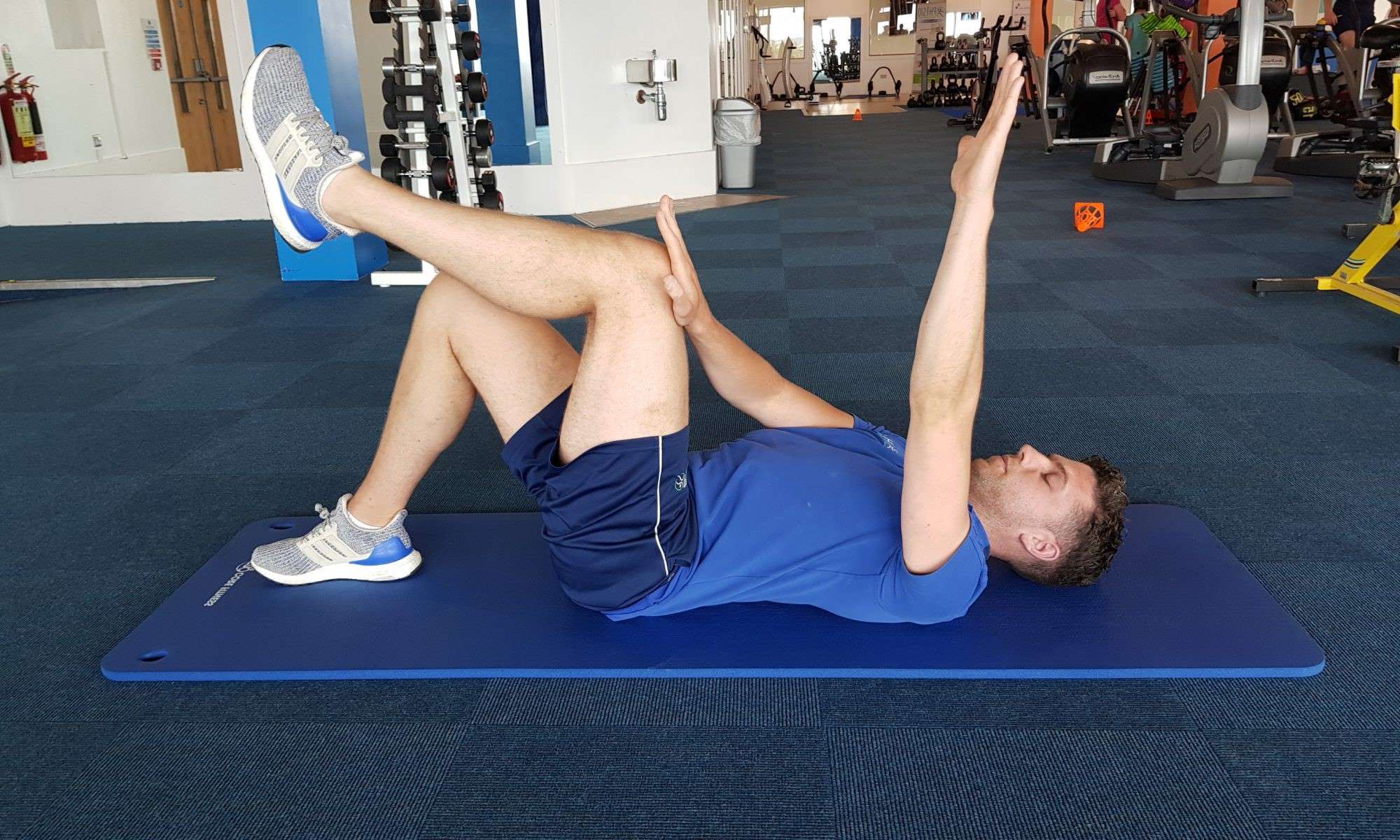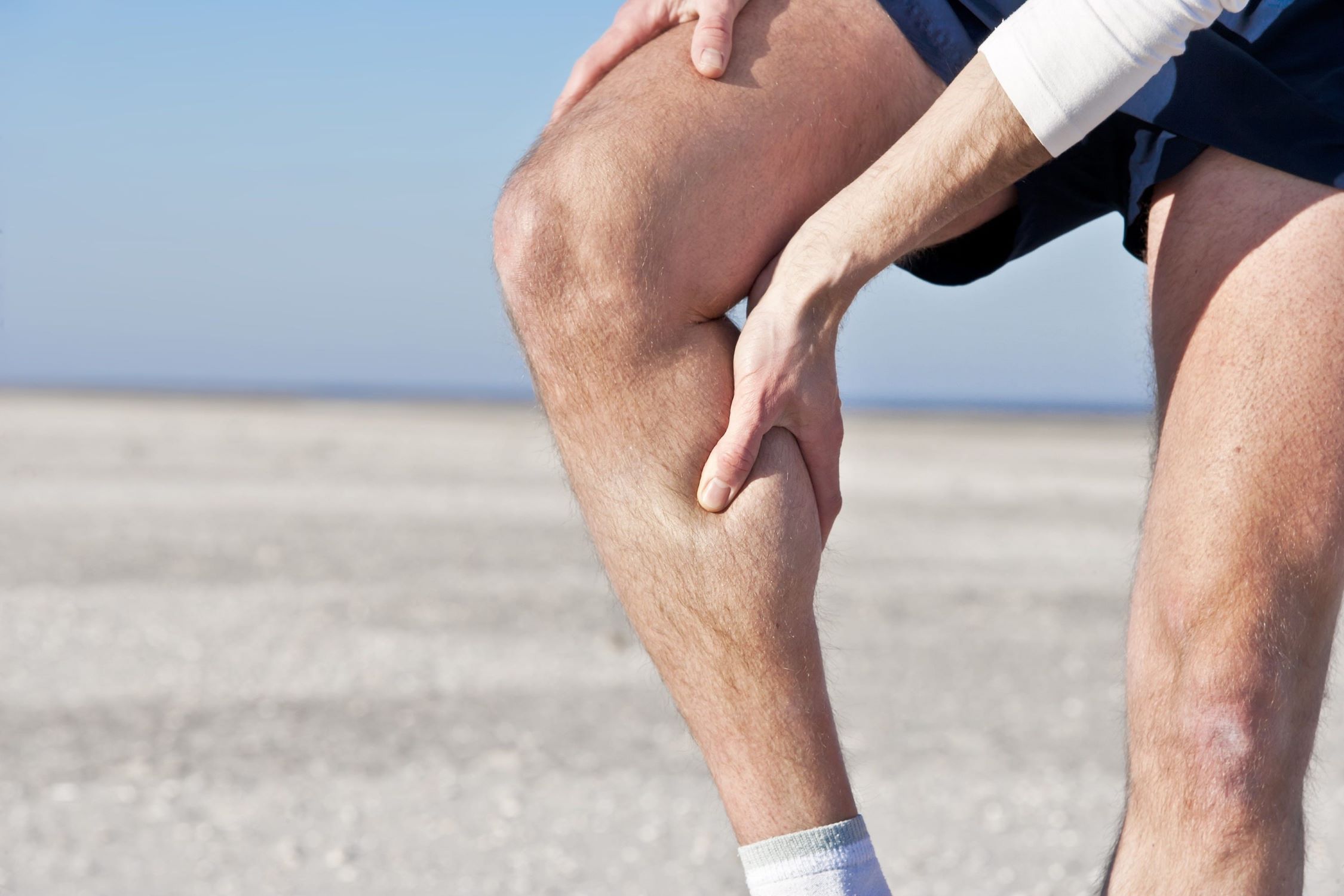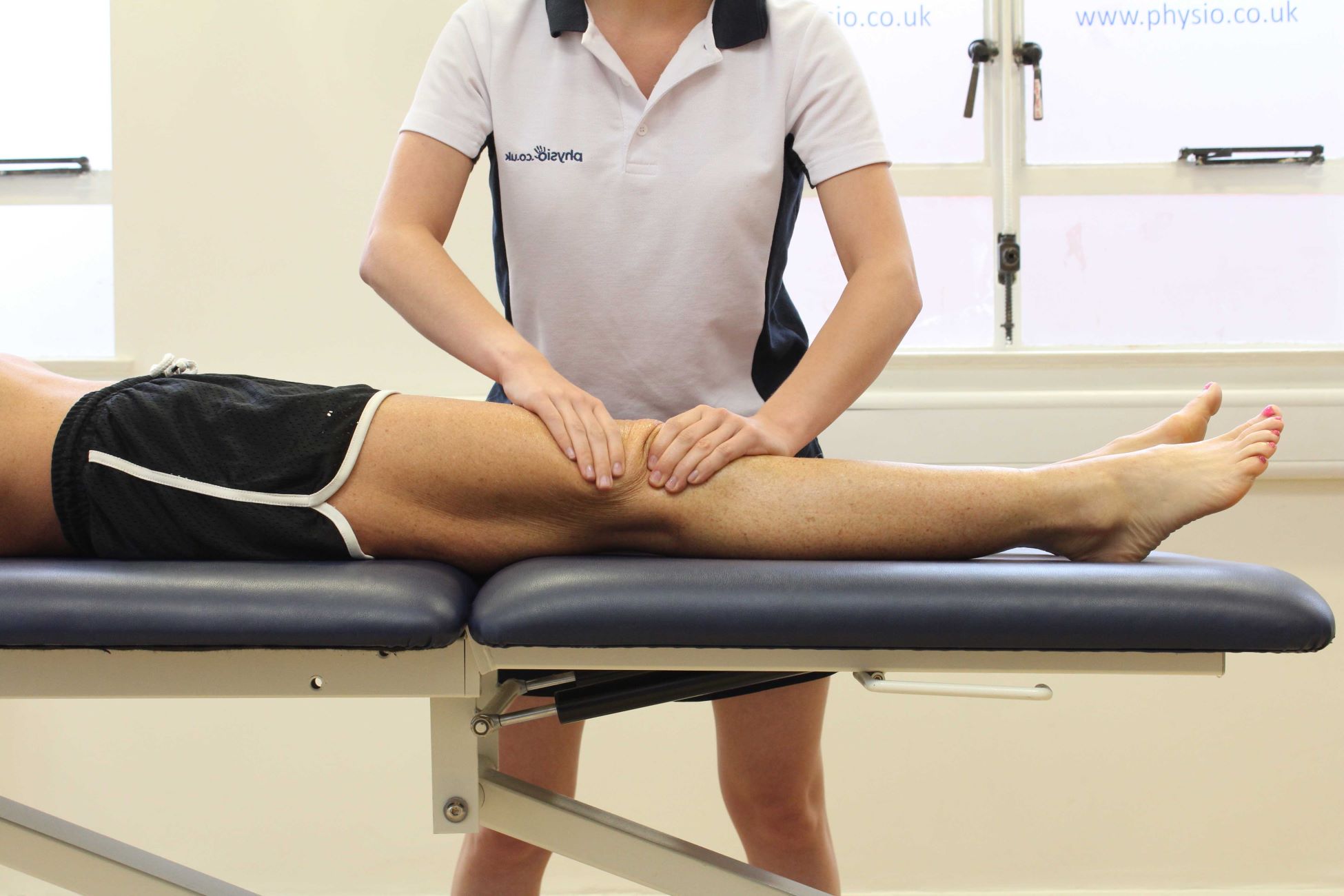Home>Health & Nutrition>Injury Prevention>Understanding The Causes Of Foot Arch Pain While Running
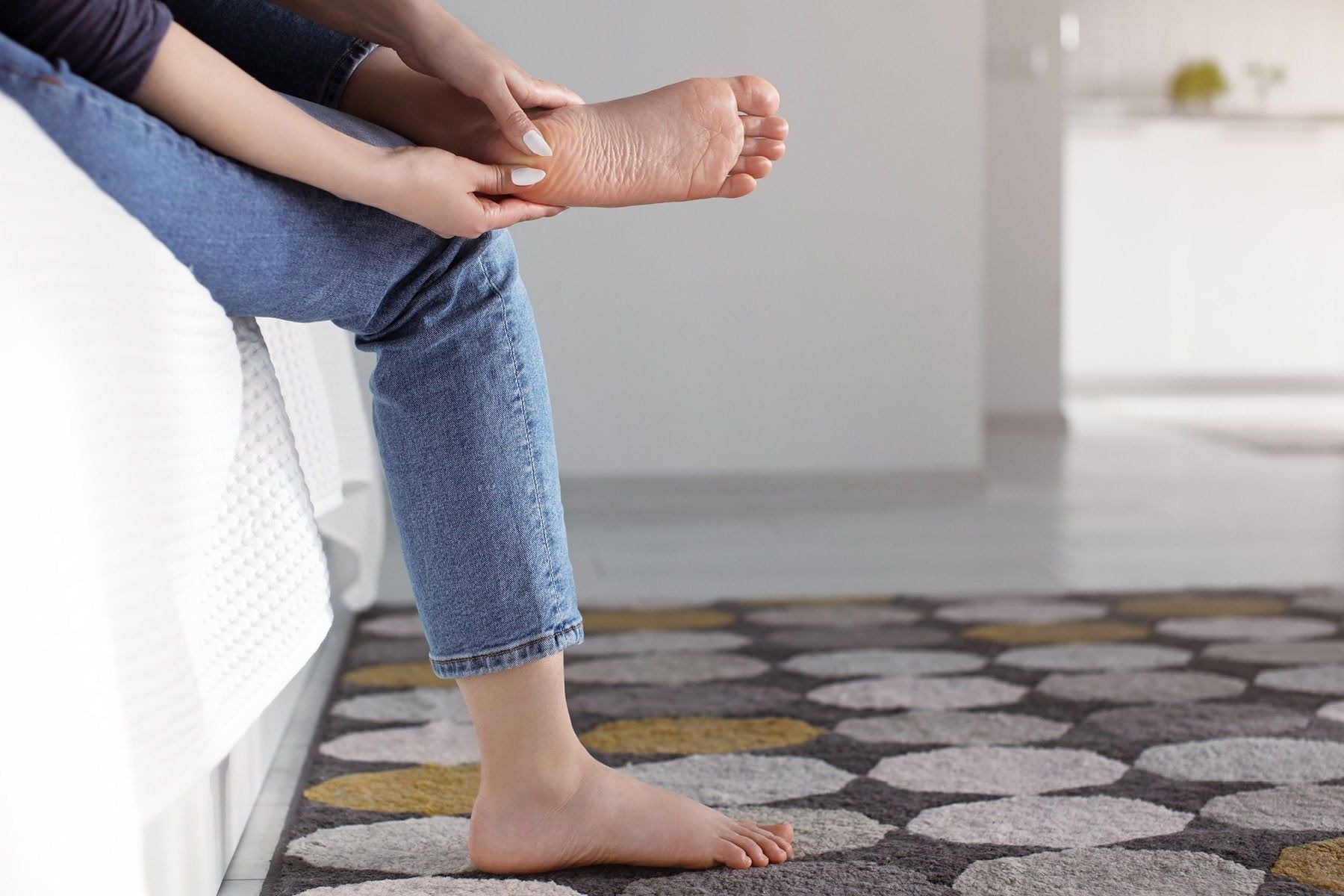

Injury Prevention
Understanding The Causes Of Foot Arch Pain While Running
Published: February 23, 2024
Learn how to prevent foot arch pain while running with our comprehensive guide on injury prevention. Understand the causes and find effective solutions to keep your feet pain-free.
(Many of the links in this article redirect to a specific reviewed product. Your purchase of these products through affiliate links helps to generate commission for Therunningadvisor.com, at no extra cost. Learn more)
Table of Contents
Common Symptoms of Foot Arch Pain
Foot arch pain is a common issue that many runners encounter, often causing discomfort and hindering performance. Understanding the symptoms associated with foot arch pain is crucial for early detection and effective management. Here are the common symptoms to watch out for:
-
Aching or Tenderness: Individuals experiencing foot arch pain may notice a persistent ache or tenderness in the arch area of the foot. This discomfort can range from mild to severe, impacting the ability to walk or run comfortably.
-
Swelling: Swelling in the foot arch region is another prevalent symptom of foot arch pain. The affected area may appear visibly swollen, accompanied by a sensation of tightness or pressure.
-
Difficulty Bearing Weight: Those with foot arch pain often find it challenging to bear weight on the affected foot. This can lead to alterations in gait and posture as the body instinctively tries to alleviate the discomfort.
-
Stiffness: Stiffness in the foot arch, particularly after periods of inactivity or upon waking in the morning, is a common indicator of underlying issues. The stiffness may gradually diminish with movement but can recur after prolonged activity.
-
Pronounced Discomfort During Activity: Individuals may experience heightened discomfort in the foot arch while engaging in physical activities, especially running or walking for extended periods. This discomfort can impact performance and lead to a decrease in overall activity levels.
-
Reduced Flexibility: Reduced flexibility in the foot arch, often accompanied by a sensation of tightness or restricted movement, is a notable symptom of foot arch pain. This can impede the foot's natural range of motion and contribute to discomfort during movement.
Recognizing these symptoms is essential for addressing foot arch pain promptly and effectively. By staying attuned to these indicators, individuals can take proactive measures to alleviate discomfort and prevent the exacerbation of underlying issues.
The Role of Foot Arch in Running
The foot arch plays a pivotal role in the biomechanics of running, serving as a dynamic structure that facilitates shock absorption, weight distribution, and propulsion. Comprising the medial longitudinal arch, lateral longitudinal arch, and transverse arch, the foot arch functions as a natural spring mechanism, adapting to varying surfaces and impact forces during running.
Shock Absorption and Weight Distribution
During the stance phase of running, the foot arch acts as a shock absorber, dissipating the forces generated upon ground contact. This crucial function helps mitigate the impact on the lower extremities, reducing the risk of injuries such as stress fractures and shin splints. Additionally, the foot arch aids in distributing body weight evenly across the foot, promoting stability and minimizing excessive pressure on specific areas.
Propulsion and Energy Transfer
As the body transitions from the stance phase to the propulsion phase, the foot arch undergoes dynamic changes to facilitate efficient energy transfer. The arch compresses slightly upon ground contact, storing elastic energy, and subsequently releases it during toe-off, propelling the body forward. This mechanism enhances running efficiency and contributes to overall performance.
Dynamic Adaptation to Terrain
The foot arch exhibits remarkable adaptability, conforming to the contours of the running surface. When encountering uneven terrain or undulating surfaces, the arch adjusts its shape and stiffness to provide optimal support and stability. This adaptive feature enables runners to navigate diverse landscapes while minimizing the risk of instability-related injuries.
Read more: Possible Causes Of Knee Pain While Cycling
Influence on Running Gait
The integrity of the foot arch significantly influences running gait and foot strike patterns. A well-supported arch promotes a more neutral foot position, fostering a balanced distribution of forces and reducing the likelihood of overpronation or supination. Conversely, inadequate arch support can lead to gait abnormalities, potentially predisposing runners to overuse injuries and discomfort.
Overall Impact on Performance and Injury Prevention
Given its multifaceted role, the foot arch profoundly impacts running performance and injury prevention. A strong and resilient arch contributes to efficient propulsion, optimal shock absorption, and enhanced stability, thereby reducing the risk of common running-related injuries. Conversely, compromised arch function can lead to biomechanical imbalances and heightened susceptibility to foot and lower limb issues.
Understanding the intricate role of the foot arch in running underscores the importance of proactive arch support and injury prevention strategies. By prioritizing the care and maintenance of the foot arch, runners can optimize their biomechanical efficiency, mitigate injury risks, and elevate their overall running experience.
Potential Causes of Foot Arch Pain
Foot arch pain can stem from various factors, encompassing biomechanical irregularities, structural imbalances, and overuse-related issues. Understanding the potential causes of foot arch pain is instrumental in pinpointing the underlying triggers and implementing targeted interventions to alleviate discomfort and prevent recurrence.
-
Plantar Fasciitis: One of the primary culprits behind foot arch pain is plantar fasciitis, a condition characterized by inflammation of the plantar fascia, a thick band of tissue that spans the bottom of the foot. Excessive strain on the plantar fascia, often resulting from prolonged standing or high-impact activities like running, can lead to microtears and inflammation, manifesting as sharp or stabbing pain in the foot arch, particularly during the initial steps after periods of rest.
-
Overpronation and Supination: Abnormal foot pronation, whether in the form of overpronation (excessive inward rolling of the foot) or supination (outward rolling), can contribute to foot arch pain. These gait irregularities disrupt the natural biomechanics of the foot, placing undue stress on the arch and associated structures. Over time, this can lead to chronic discomfort and heightened injury susceptibility.
-
Muscular Imbalances: Weakness or tightness in the muscles supporting the foot arch, such as the intrinsic foot muscles and the calf complex, can predispose individuals to arch pain. Inadequate strength and flexibility in these muscle groups can disrupt the arch's stability and shock-absorbing capacity, leading to discomfort during weight-bearing activities like running.
-
Inadequate Footwear Support: Ill-fitting or unsupportive footwear can exacerbate foot arch pain by failing to provide adequate cushioning, arch support, and stability. Insufficient arch support in shoes can strain the plantar fascia and exacerbate biomechanical issues, amplifying the risk of arch-related discomfort and injuries.
-
Structural Anomalies: Certain structural anomalies, such as flat feet (pes planus) or high arches (pes cavus), can predispose individuals to foot arch pain. Flat feet lack the natural arch support, leading to overpronation and increased stress on the arch, while high arches can result in poor shock absorption and heightened pressure on specific areas of the foot.
-
Excessive Training Load: Overtraining or sudden escalation of training intensity without adequate recovery can contribute to foot arch pain. The repetitive stress and impact associated with running, especially on hard surfaces, can strain the foot arch, leading to overuse injuries and persistent discomfort.
Understanding these potential causes of foot arch pain empowers individuals to adopt targeted preventive measures and seek appropriate interventions to address underlying issues. By addressing the root causes of arch pain, individuals can optimize their foot health, enhance running performance, and minimize the risk of debilitating injuries.
Impact of Running Surface on Foot Arch Pain
The running surface exerts a profound influence on foot arch health and the prevalence of arch-related discomfort among runners. The interaction between the foot arch and the running terrain significantly impacts biomechanical stress, shock absorption, and the distribution of forces, thereby playing a pivotal role in the development and exacerbation of foot arch pain.
Surface Firmness and Shock Absorption
The firmness of the running surface directly influences the degree of shock absorption experienced by the foot arch during each stride. Hard, unyielding surfaces, such as concrete or asphalt, impart greater impact forces on the foot, necessitating heightened shock attenuation by the arch and associated structures. Prolonged exposure to such rigid surfaces can lead to increased strain on the foot arch, potentially contributing to discomfort and overuse injuries.
Conversely, softer surfaces, including well-maintained trails or tracks with forgiving cushioning, offer enhanced shock absorption properties, reducing the burden on the foot arch. The compliance of these surfaces facilitates more effective dissipation of impact forces, thereby minimizing the risk of excessive stress on the arch and mitigating the likelihood of arch-related pain.
Terrain Variability and Stability
The variability of running terrain, encompassing factors such as inclines, declines, cambered surfaces, and irregularities, profoundly influences the demands placed on the foot arch. Uneven terrain necessitates heightened adaptability and stability from the arch, as it dynamically adjusts to accommodate changes in elevation and surface contours. Runners traversing undulating landscapes or off-road trails often experience amplified biomechanical stress on the foot arch due to the continuous adjustments required to maintain stability and propulsion.
Moreover, cambered surfaces, prevalent in many outdoor running environments, can predispose the foot arch to asymmetrical loading, potentially leading to imbalances and discomfort. The repetitive nature of these asymmetrical forces can contribute to arch pain, particularly in individuals with biomechanical vulnerabilities or inadequate arch support.
Surface Compliance and Propulsion Efficiency
The compliance of the running surface significantly influences the energy return and propulsion efficiency during running. A more compliant surface, such as well-groomed grass or synthetic tracks, facilitates enhanced energy transfer and propulsion, reducing the strain on the foot arch during push-off. This can alleviate the burden on the arch and lower extremities, promoting a more fluid and efficient running gait while minimizing the risk of arch-related discomfort.
In contrast, rigid or uneven surfaces can impede the natural energy transfer process, necessitating greater exertion from the foot arch to compensate for the diminished propulsion efficiency. Prolonged exposure to such surfaces can contribute to heightened fatigue and increased susceptibility to arch pain, particularly during extended running sessions.
Adaptation and Injury Prevention
Understanding the impact of running surface on foot arch pain underscores the significance of terrain-specific adaptation and injury prevention strategies. Runners can benefit from diversifying their training regimen to include a variety of surfaces, thereby promoting adaptability and resilience in the foot arch. Additionally, selecting appropriate footwear with tailored cushioning and arch support for specific running surfaces can help mitigate the risk of arch-related discomfort and injuries.
By acknowledging the nuanced interplay between running surface characteristics and foot arch health, runners can make informed decisions to optimize their training environment, minimize biomechanical stress, and safeguard the integrity of the foot arch, ultimately enhancing their running experience and long-term foot health.
Read more: Causes Of Blurry Vision While Running
Tips for Preventing Foot Arch Pain While Running
Preventing foot arch pain while running is essential for sustaining optimal performance and preserving foot health. By implementing proactive measures and adopting sound practices, runners can mitigate the risk of arch-related discomfort and injuries, fostering a more enjoyable and sustainable running experience.
Proper Footwear Selection
Selecting appropriate footwear tailored to individual biomechanical needs is paramount for preventing foot arch pain. Opt for running shoes with adequate arch support, cushioning, and stability features to minimize excessive stress on the foot arch. Additionally, consider consulting a professional for gait analysis to identify the most suitable shoe type for your foot mechanics.
Gradual Training Progression
Gradually increasing training intensity and mileage allows the foot arch to adapt to the demands of running, reducing the likelihood of overuse injuries and discomfort. Avoid abrupt spikes in training volume and incorporate sufficient rest and recovery periods to support the foot's adaptive processes and mitigate the risk of arch pain.
Strengthening and Stretching Exercises
Incorporating targeted strengthening and stretching exercises for the foot and lower leg muscles can enhance the stability and flexibility of the foot arch. Exercises such as toe curls, calf raises, and towel scrunches can fortify the intrinsic foot muscles, promoting better arch support and shock absorption during running. Additionally, regular stretching of the calf complex and plantar fascia can help alleviate tension and reduce the risk of arch-related discomfort.
Read more: Prevent Toenail Issues While Running
Custom Orthotic Inserts
For individuals with specific biomechanical imbalances or structural anomalies, custom orthotic inserts can provide tailored support and alignment for the foot arch. These inserts can address issues such as overpronation, high arches, or flat feet, optimizing foot mechanics and reducing the strain on the arch during running.
Terrain Variation
Incorporating diverse running surfaces into training routines can promote adaptability and resilience in the foot arch. Alternating between soft, forgiving surfaces and more rigid terrains can help distribute biomechanical stress more evenly, reducing the risk of overloading the foot arch and minimizing the potential for discomfort.
Regular Foot Care and Monitoring
Prioritizing regular foot care, including proper hygiene, nail trimming, and monitoring for any signs of discomfort or abnormalities, is crucial for preventing foot arch pain. Promptly addressing any emerging issues or discomfort can prevent the escalation of minor concerns into more significant foot arch-related problems.
By integrating these preventive strategies into their running regimen, individuals can proactively safeguard the health and integrity of the foot arch, minimizing the risk of pain and injuries while optimizing their running performance. These proactive measures not only promote foot health but also contribute to a more sustainable and enjoyable running experience in the long run.

